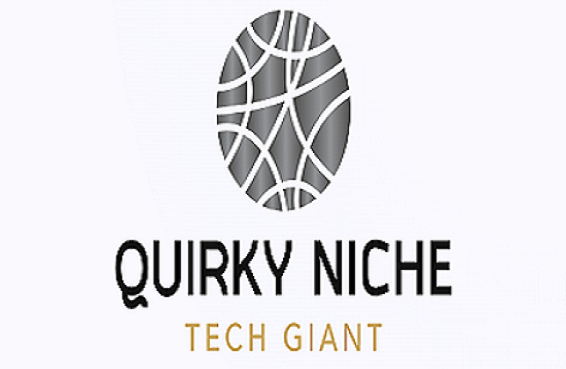In a groundbreaking experiment, scientists have observed a piece of metal spontaneously healing itself—a phenomenon previously relegated to the realm of science fiction. This discovery, led by researchers at Sandia National Laboratories and Texas A&M University, has the potential to revolutionize materials science and engineering.
The Experiment and Discovery
In experiments designed to examine the process of metal fatigue whereby materials fail under repeated stress, researchers applied cyclic tension within a specialized instrument on nanoscale pieces of platinum. To their surprise, rather than the cracks proliferating and leading to failure, the metal displayed self-healing characteristics whereby the fissures sealed themselves up and the material reverted back to its original shape.
https://newsreleases.sandia.gov/healing_metals/?utm_source=chatgpt.com
This is the first recorded incident of a metal healing itself without any intervention by man. The possibilities are enormous and suggest that under certain conditions, metals may have the inherent ability to repair damage from fatigue, potentially extending the life of components and structures.

Scientific Implications
The self-healing was observed at the nanoscale, where the dynamics of materials can differ significantly from their behavior at larger scales. The phenomenon is believed to be driven by the movement of grain boundaries—the interfaces between crystalline regions in metals. Under specific conditions, these boundaries can migrate in response to stress, facilitating the closure of cracks.
This discovery challenges traditional understandings of material fatigue and failure, opening new avenues for research into self-healing materials. It suggests that by manipulating conditions such as stress, environment, and material composition, it may be possible to design metals that can autonomously repair themselves, reducing maintenance costs and improving safety in various applications.
Potential Applications
The ability of metals to self-heal could have profound implications across multiple industries:
-
Aerospace and Aviation: Components that can repair themselves would enhance safety and reduce maintenance costs.
-
Civil Engineering: Infrastructure such as bridges and buildings could benefit from materials that counteract fatigue, leading to longer lifespans and fewer repairs.
-
Automotive Industry: Self-healing metals could improve the durability and reliability of vehicles, especially in critical components subject to repetitive stress.
Future Research Directions
Although the discovery is promising, further research is necessary to understand the mechanisms fully and to determine how to apply this phenomenon at larger scales and in different environmental conditions. Future studies will focus on:
-
Material Composition: Identifying which metals and alloys exhibit self-healing properties.
-
Environmental Factors: Understanding how variables like temperature and exposure to elements affect self-healing capabilities.
-
Scalability: Developing methods to apply nanoscale observations to macroscopic materials and real-world applications.
This is an accidental discovery to the world of metals becoming self-healing, quite a great leap for humans in terms of material development. This phenomenon will therefore progress further research into making them smarter and more resilient to increase engineering practice and improve innumerable structures and instruments.
You can find video for the explanation here at the end:








